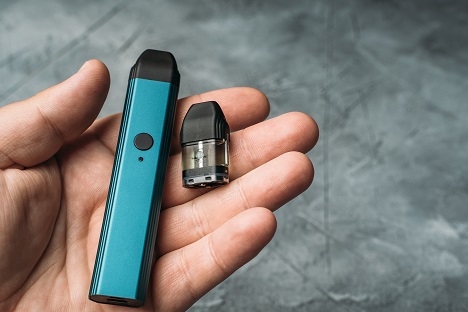There are 1.3 billion smokers in the world, roughly 16% of the planet’s population. And surprisingly, Philip Morris International (NYSE: PM) says it wants to change that.
The tobacco giant claims that it is “leading a transformation in the tobacco industry to create a smoke-free future and ultimately replace cigarettes with smoke-free products.”
The 174-year-old company was split off from Altria Group (NYSE: MO) and sells its products all around the world, except in the United States. Altria sells to the U.S. market.
Not everyone wants to invest in a tobacco company, transformation or not. But the ones who do are no doubt attracted to Philip Morris’ 6% annual dividend yield.
Can the company continue to pay shareholders the $1.20 per share quarterly dividend, or will it be discarded like a spent cigarette butt?
Despite all of the anti-smoking and anti-tobacco campaigns, Philip Morris knows how to turn tobacco into cash.
Cash flow has grown steadily over the years.
In 2021, free cash flow is forecast to decline slightly to $9.16 billion from $9.33 billion. More on that in a minute…
In 2019, Philip Morris International paid shareholders $7.16 billion for a 77% payout ratio. That’s a little higher than I like to see.
Under normal circumstances, I want to see a payout ratio of 75% or lower. During the pandemic, I’ve lowered that threshold to 50% to ensure companies can continue to pay their dividends even if times get tough again.
For 2020, the payout ratio is forecast to have inched higher to 79% – and it is expected to creep higher again to 82% in 2021.
Philip Morris International has raised its dividend for 13 years in a row, which is a solid track record.
The company reports fourth quarter earnings tomorrow morning, so the full-year 2020 results and expectations for 2021 could change depending on the report.
Right now, the risk of a dividend cut is low. But should Philip Morris International see a decline in free cash flow in 2020 and a larger drop than expected in 2021, the risk would increase. For now, the dividend is safe. But keep an eye on the results over the next few quarters.
Dividend Safety Rating: B
If you have a stock whose dividend safety you’d like me to analyze, leave the ticker symbol in the comments section.
Good investing,
Marc


